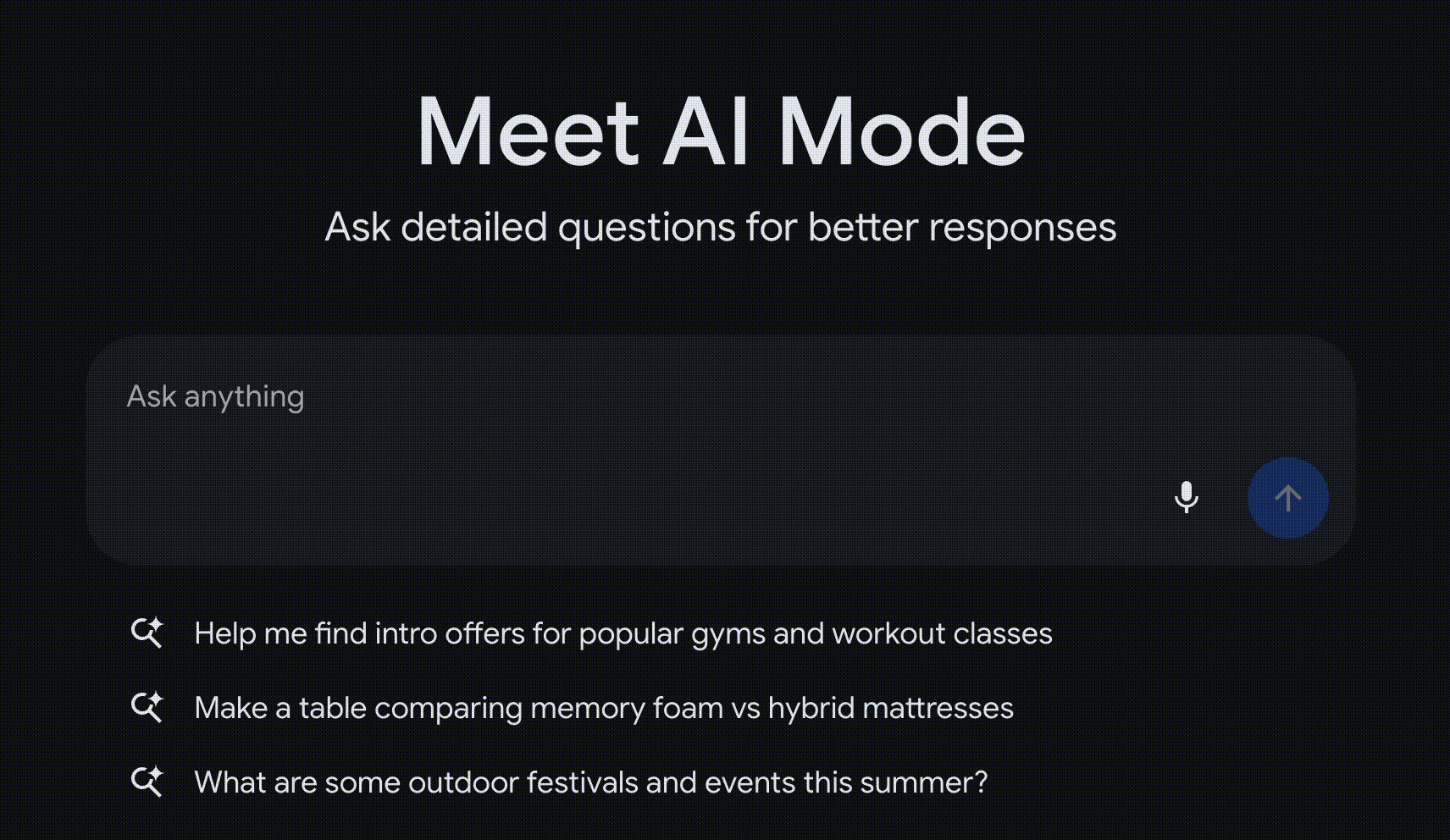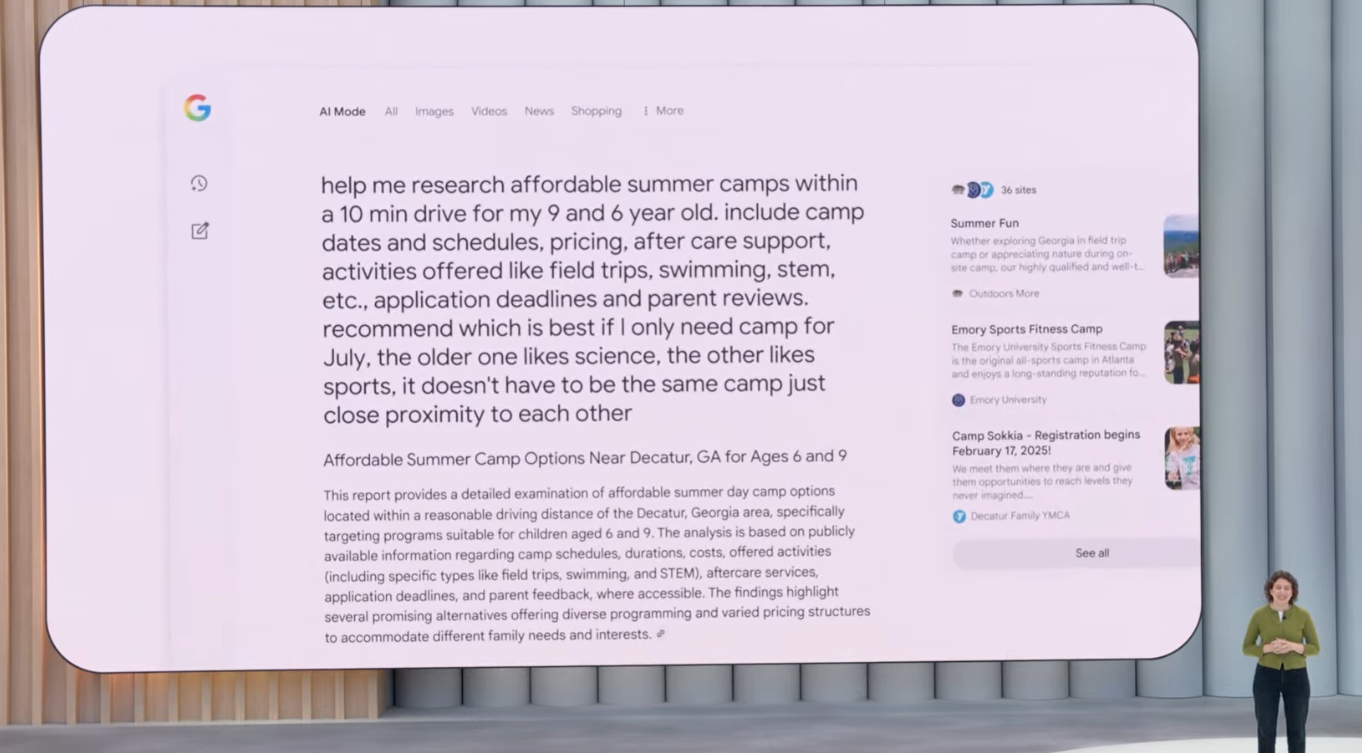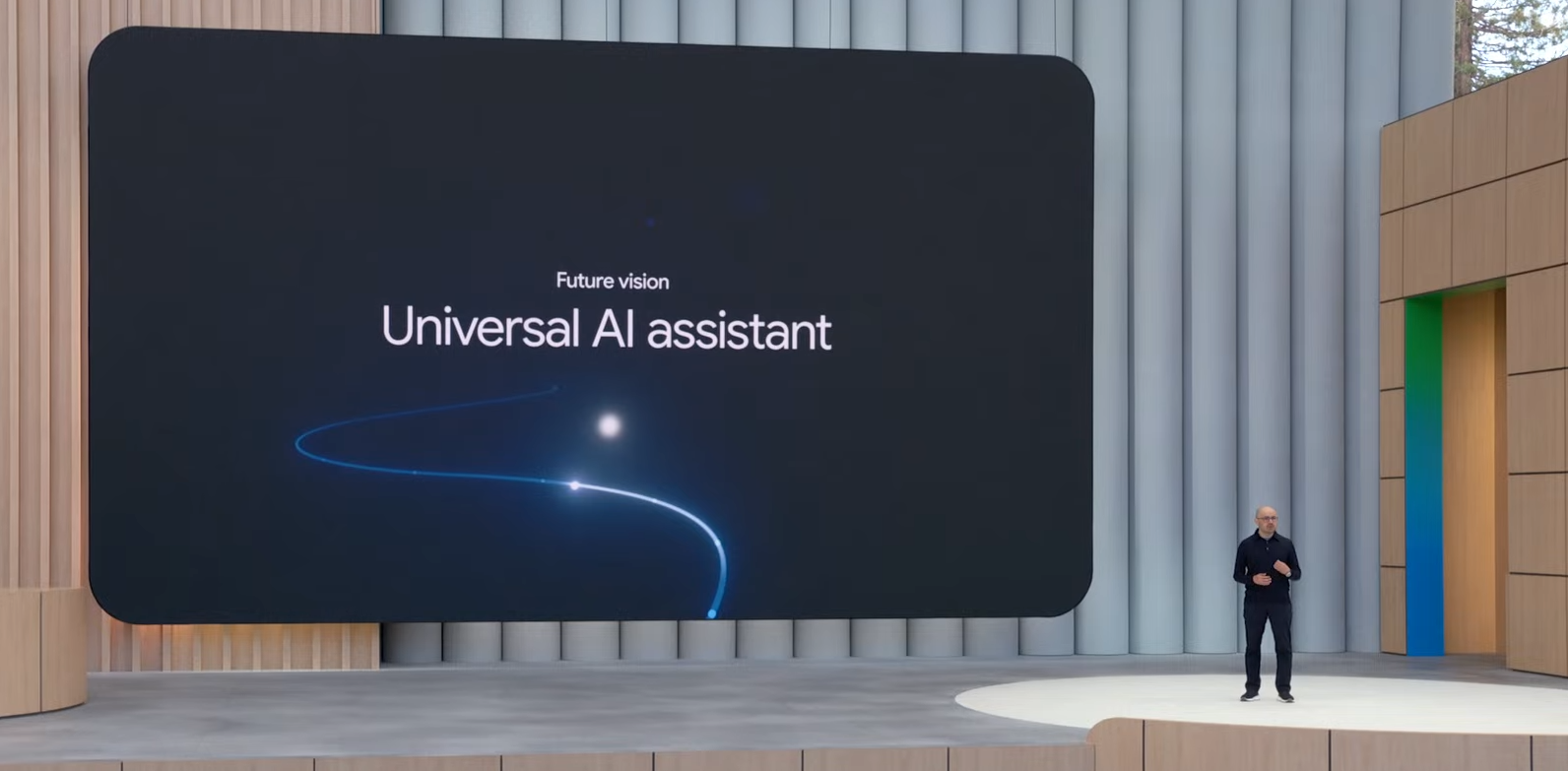As the buzz around Google’s momentous 2025 I/O conference begins to wind down, much of the web is taking stock of what the word “web” will even mean soon as AI, chatbots, and search continue to converge.
But though AI and chatbots have been some of the fastest-growing tech categories in the past ten years, usage for old stalwarts like traditional web search from Google and Bing remains at an all-time high.
Will the “AI revolution” really kill search, or is it just another tool in our growing online kit?
Google AI Mode changes Search for good
At Google I/O 2025, the company unveiled its plan for the future of its Search product family. With what the company calls “AI Mode” now included in every search bar and Chrome installation, Google sees its new Search as a conversational, back-and-forth process that happens completely within the confines of a Google product.

Rather than searching for an answer, scrolling to a page to find it, and clicking through to get it, Google’s AI Mode retrieves and summarizes all the necessary information in one place.
This isn’t unlike OpenAI’s ChatGPT using search mode or how Google’s chatbot, Gemini, operates. However, the difference is that, unlike those options, which are separate products that take new tabs to access, Google’s AI Mode is an omnipresent addition to any Google search you’re already making with the press of a button.
Could this change lead to the end of search as we know it? Industry analysts aren’t so sure.
Sign up to receive The Snapshot, a free special dispatch from Laptop Mag, in your inbox.
Search outranks AI by up to 34x
In a recent look at the past 24 months of available web traffic data, collected via the SEO reporting service SEMRush and relayed by OneLittleWeb, analysts have seen that while chatbot usage is growing exponentially, it’s still completely dwarfed by the totality of search traffic.
OpenAI’s ChatGPT has exploded in users over the past two years, but overall, chatbots still trail total search volume by a factor of nearly 34x.
To put this figure into context, the top 10 search engines globally generated 1.8 trillion page views between April 2024 and March 2025, while the top 10 chatbots collectively generated a comparatively moderate 55.2 billion.
Not all pageviews are built equally
Now, for what it’s worth, pageviews aren’t as reliable a metric as they were in years past.
For example, let’s say you want to find a pet groomer in your town. Before chatbots and AI solutions, your first page on Google Search might be “pet groomer”, but the results are too broad. You then go back to the search bar and type “dog groomer” to whittle things down further.
Each of these individual searches counts as a pageview.

Chatbots are fundamentally rewriting the way people interface with the web.
Meanwhile, chatbots like ChatGPT or Gemini are a one-window, one-pageview solution. You open up the interface once, and then have a conversation with the chatbot that reaches your eventual answer; somewhat similar to the multiple searches mentioned above.
The difference is that these interactions are structured so that SEO services like SEMRush can only see metrics from the top of the funnel and not anything else that came after it.
This is to say that we would take evaluations like this with a grain of salt. Chatbots are fundamentally rewriting the way people interface with the web. As a result, more traditional methods of evaluating traffic, popularity, and growth aren’t as applicable as they used to be.

Knowing this, it could be argued that the best metric to determine how much chatbots are actually growing would be time on page rather than straight pageviews.
We haven’t found any analysis that approaches the problem from this angle, rather than a sheer numbers game of how often users visited a search or chatbot.
It remains to be seen whether chatbots will destroy search as we know it in the next decade, but LaptopMag will be keeping an eye on Google, OpenAI, and more as the landscape continues to evolve!








